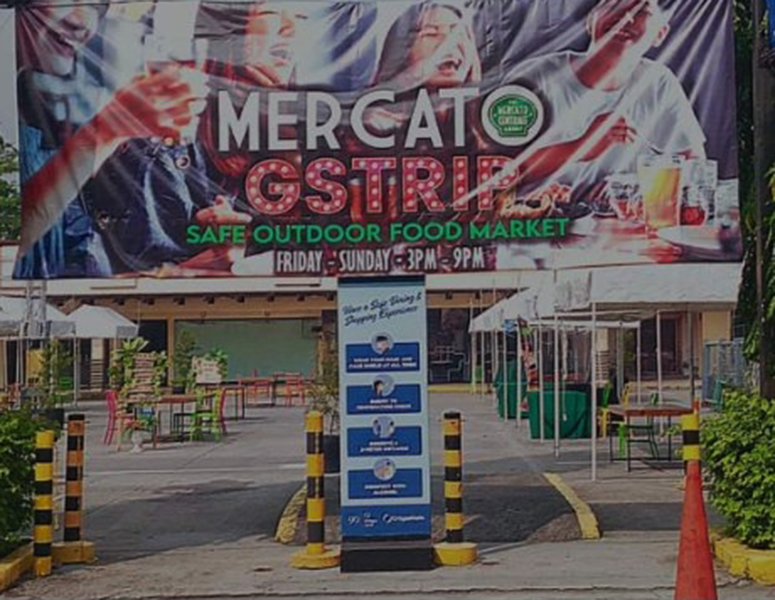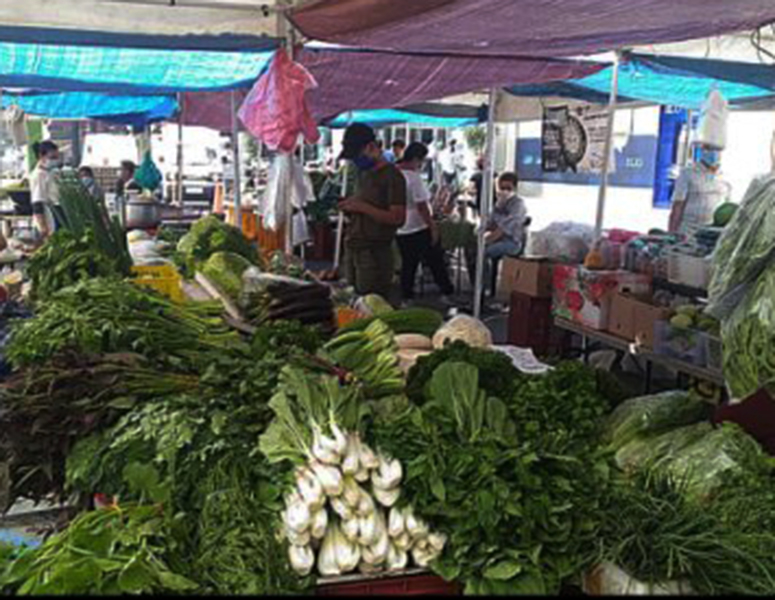Palengke is a dirty word. At least that’s what I remember as a child when my mother left me in a stinky corner of Trabajo Market in Sampaloc. Trabajo, which means work in English, further embedded the unpleasant memory as not a fun place. Going to Munoz, Q-Mart, and Balintawak, especially the wet section, strengthened the impression.
Aircon comfort
With the introduction of air-conditioned supermarkets like Makati Supermarket, going to the market became less of a burden. Cherry, Glori, and Eunilaine were bought out by the bigger chains like SM, Robinsons, and Puregold. Landmark, despite having few branches, has stable supplies because of a nearby warehouse. Then came Makro, S & R and Landers which offered membership shopping. They had imported items not normally available in the supermarkets and had exciting promos.
Divisoria is cheaper than Beijing!
But these well-ventilated supermarkets did not trigger the demise of the old traditional markets. In fact, they became better. Divisoria, the mother of all markets, is now easily accessible with the jeepneys and electric trikes reaching the end of Recto. You can now park in aircon malls such as Tutuban Center. Lucky Chinatown Mall even has theaters, a chapel, and a museum! Prices are still incredibly cheap especially if you are a seasoned haggler. On a trip to Beijing and Shanghai, I discovered that Divisoria prices are cheaper than the ones in China. It is also easier to negotiate the price in Divisoria compared with the aggressive salespersons in China, Hong Kong, Vietnam and other Asian countries. Divisoria is almost open 24 hours with the early morning “bagsakan” up to the night market. Almost everything can be bought in Divisoria from office supplies, t-shirts, “tela” up to wedding gowns.
Baclaran, Quiapo, etc.
Baclaran, Divisoria’s southern counterpart, not only attracts frugal shoppers but also church goers who flock to Baclaran Church (National Shrine of Our Mother of Perpetual Help) especially on Wednesdays because of the novena.
Another “church-centered” market is Quiapo. The original center of Manila, it is still considered the best example of local color in the city. A bit sanitized by the current city administration, this district, named after a river plant, still retains its charm.
The vegetables of Villalobos, the photo shops of Hidalgo and the flowers of Plaza Miranda are still around though more organized. Don’t forget the “manghuhula” (fortune teller) and the “mandarasal” (prayer warrior). Curiosity seekers will be amazed with the amulets and herbal potions.
Cross to the other side via “Ilalim ng Tulay” which sells native handicraft. On this part of Quiapo is the Muslim Quarter which sells Mindanao ware like batik. Friday is the most chaotic day with the Quiapo Church novena and the Muslim day of worship.
Quinta, also in Quiapo, has been around since the Spanish times. In fact, the Katipunan held secret meetings across the river. The PX stalls are still around selling toiletries and canned goods and halo-halo and pancit palabok under the Quezon Bridge are still patronized. Nowadays, I recommend Quinta for its rooftop parking space.
Specialized Markets
Who doesn’t know Dangwa where you can buy flowers at half the price or Dapitan Arcade, shabby chic decorators’ go-to place? At First United Building in Escolta, you will find unique, artsy, hand-made products that would appeal to the hipster and the “Etsy” types.
Kamuning and Farmers’ Market
In Quezon City, Kamuning Market’s dry section has “tela” stores complemented by the best haberdashers and dressmakers in town. Farmers’ Market is every chef’s favorite. They have “paluto” restaurants which attract local and foreign gourmets. Their produce are extensive enough for a culinary school to establish a satellite office there.
Cartimar and Greenhills
Cartimar in Pasay has been around since the ’50s. It has stores selling a unique combination of plants, pets, bikes, and veggies. But for a Quezon City guy like me to go to Cartimar meant only one thing – shoes, specifically boat shoes. Cartimar had two branches. The one in Recto catered to hippies while Cartimar Pasay was preppy territory. It was an annual trek for me to stock up on boat shoes, argyle socks, and Lacoste sports shirts which were de riguer in the Ateneo in the ’80s.

Greenhills is another unique market. It’s basically an airconditioned tiangge which appeals mostly to Titas. I wasn’t surprised at all when a group of diplomatic wives who went around the usual Manila tourist spots, chose Greenhills as their favorite. For the millennials, however, Greenhills means cellphones.

On Saturday mornings at the Virra Mall parking space, the Greenhills Weekend Market offers mostly agricultural produce. Later in the day from 3 pm to 9 pm, every Friday to Sunday, is the Mercato GStrip which offers outdoor dining. If you are in the Greenhills area on a Saturday, might as well head off to nearby Greenfield Market in Mandaluyong. This is another outdoor dining place with parachutes as temporary roofs. Pre-pandemic they used to have live music. They are quite strict with the capacity so you might have to wait before you can get in.
